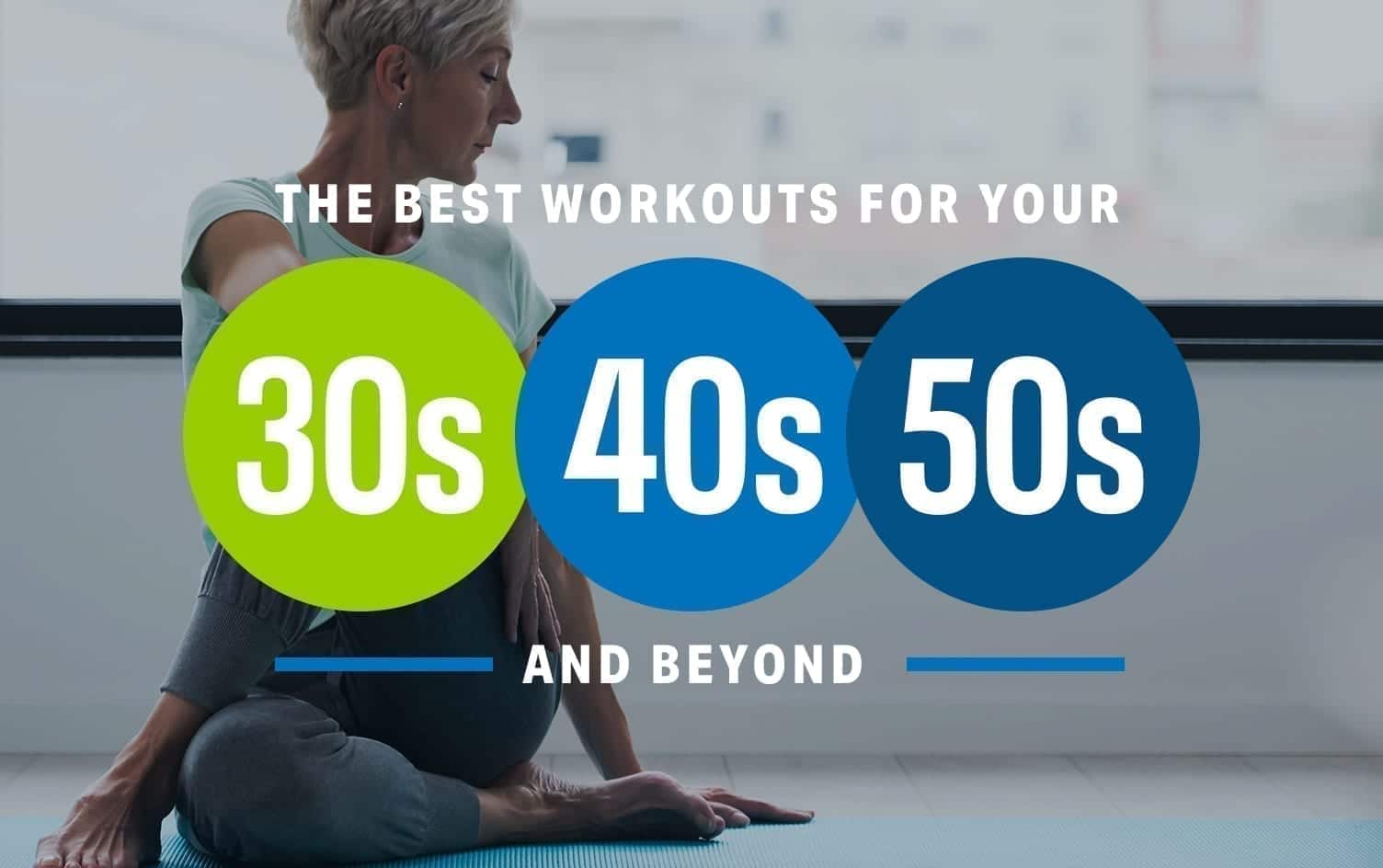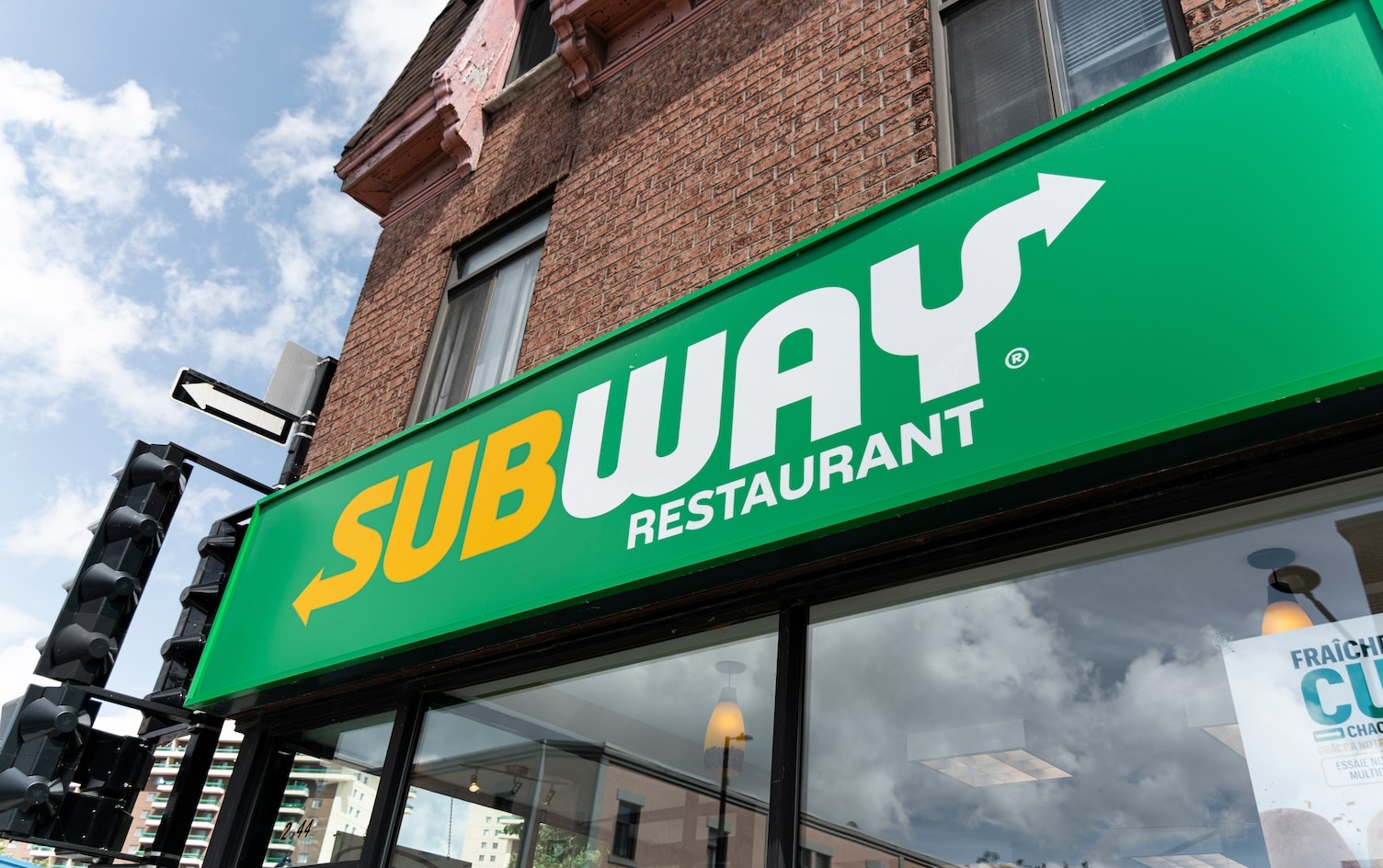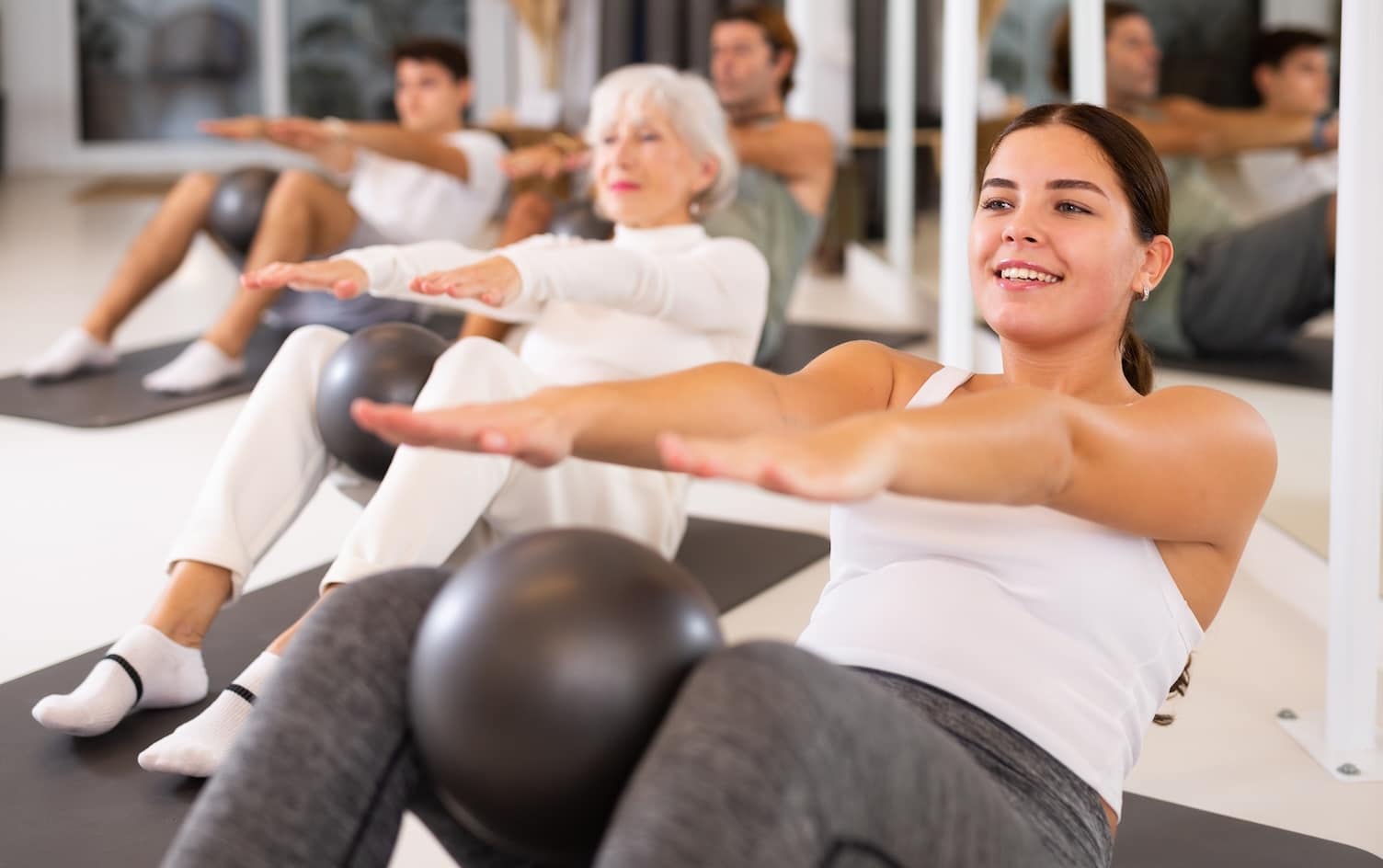As we age, our bodies change, so our training and nutritional plans should change, too. When we’re younger, we’re more resilient and better able to compensate for muscle imbalances and for skipping warmups and cooldowns. As we age, smart training becomes more important — not just for feeling good, but also for health and longevity.
During your 20s, you can get away with more because your body is better able to adapt and recover, says Nate Feliciano, owner and head of training at Studio 16 in New York City. But continuing to work out without fixing those imbalances only makes them worse, and possibly leads to injury. “As we age, our goals for training change. They go from specifically training for appearance, to training for performance and then training for health,” he says.

“In our early 30s, most people are strong enough and recover fast enough to do anything they want to do,” says Feliciano. “With the proper training, and especially if you’ve been training correctly in your 20s, you should be able to do all types of different training methods.”
So, don’t hold back. Lifting weights, HIIT, team sports, running, swimming and cycling are all fair game. But Feliciano stresses that it’s very important to focus on strength training and building muscle in your 30s to stave off sarcopenia, which is age-related muscle loss. It happens to everyone, but you can delay the onset with healthy living and plenty of resistance training.

By the time you reach your 40s, you’ll notice your body takes longer to recover, and you may experience more aches and pains, says Feliciano. “If you haven’t already worked on your muscle imbalances yet, then it’s mandatory to start working on them in your 40s.” He suggests performing stability exercises and tailoring your workouts toward weight training, cardiovascular endurance, recovery and mobility. “Your older self will thank you the sooner you start balancing out your training routines,” he adds.

During your 50s, consistency is key. Follow a steady workout schedule, and get annual physicals to stay on top of your health. “Focus your training on whatever your doctor recommends,” says Feliciano. “If you have high blood pressure, then adding a bit more aerobic training to your routine will help. At this age, you want to make sure everything you’re doing at the gym has a purpose.”
Feliciano notes that following a regular weight training program is vital when you’re in your 50s. This is when sarcopenia becomes more noticeable, and you’ll lose more bone density than you gain. “Less dense bones are more susceptible to fractures and other injuries,” he says. “While weight training, make sure to stay away from exercises that put unneeded stress on your joints. I would stay away from pulling or pushing from behind the neck, really heavy back squats and burpees.” But that still leaves you with plenty of strength-honing exercises at your disposal.

Once you’re in your 60s, there will be more variability from person to person. Again, it’s important to consult a doctor and ensure you’re training for optimal health. While many people can still be very active and perform their favorite activities, doing the wrong movement or moving at the wrong tempo can cause injury, says Feliciano. “At this age, one of the main causes of injury is falling down due to a decline in proprioception and neuromuscular control, so part of your training routine should have exercises that focus on improving balance.”
There are countless options for working out, whether you’re at home, outside or at the gym. But if you’re able to, try working out with a trainer. They’ll be able to create an exercise routine that targets your body’s needs and ensures you’re getting the most out of your workouts, no matter your age.
Check out “Workout Routines” in the MyFitnessPal app to discover and log workouts or build your own with exercises that fit your goals.




